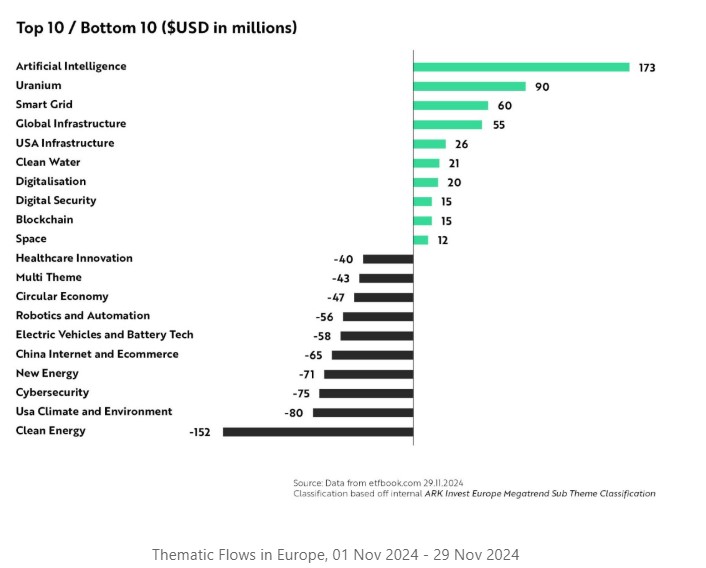The Chilean Fintech Fraccional Goes International with a Project in Miami
| For Amaya Uriarte | 0 Comentarios

The fintech Fraccional (Fraccional.cl) has taken a step forward in the internationalization of its model, which is based on fractional real estate investment, expanding beyond the borders of Chile. This milestone involves a project in Miami, United States, a market they describe as highly profitable and dynamic.
According to Julián Blas, COO and co-founder of the company, in a press release, this initiative responds to demand for assets in the U.S. market—characterized by its stability and dollar-based denomination—from its users.
Fraccional’s model is anchored in crowdfunding to invest in real estate projects, significantly lowering the entry barrier for this type of asset. For the Miami project—a market historically reserved for high-net-worth individuals—investors can participate with as little as $300.
The system brings together individuals interested in investing in the fintech’s residential real estate development projects. Investors purchase shares through a joint-stock company, becoming partners. From there, in addition to property appreciation, contributors receive rental income from the properties.
A Market of Interest
The first development of the Miami project targets the upper-middle class and will be located in the northern part of the city. It replicates Fraccional.cl’s traditional model, where investors acquire fractions of real estate projects. “We maintain our essence: simple and accessible investment but with a global perspective,” Blas stated in the press release.
For its entry into the U.S. market, Fraccional will work with experienced real estate companies that meet strict requirements, such as having approved building permits. “We have chosen partners with whom we already have experience in Chile, such as Copahue and GFU, linked to successful developments in Ñuñoa, for instance,” Blas detailed.
The fintech emphasizes that Miami has shown sustained growth in housing demand, describing it as a high-appreciation market.
In 2023 alone, the city received over 54,000 migrants, contributing to a market with high turnover and projects that typically sell within one to two months. This dynamism has established Miami as a preferred destination for international investors, including Chileans, the company stated.
Plans for Expansion
The initial Miami project will be followed by a second initiative, focusing on the lower-middle class and located in the southern part of the city.
Looking further ahead, the fintech is also exploring opportunities beyond the U.S. market. It has its sights set on Latin America and Europe, particularly Spain, where it plans to launch coastal projects for residential and vacation purposes.
“With this strategic move, Fraccional.cl aims to establish itself as a key player in the fractional real estate investment market, offering attractive and accessible alternatives for small Chilean investors interested in dollarizing their assets and diversifying risks,” the press release concluded.










